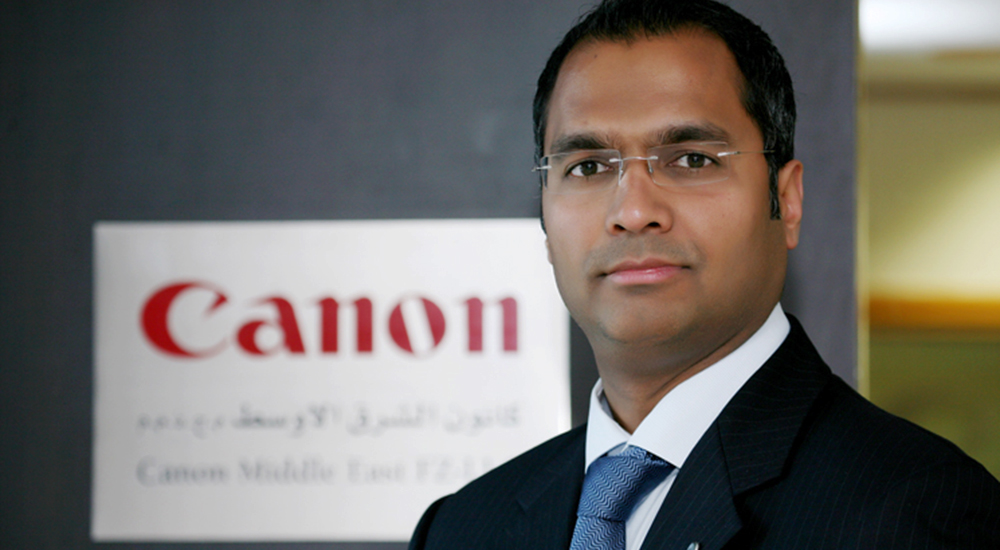Business has to play the crucial role of staying ahead of the curve

Pre-Covid-19 the pace of change in the world around us was indeed fast, but nothing could have prepared us for how quick, agile and adaptable we needed to be in the face of a global pandemic. In a rapidly changing market, being agile and customer-centric is the key to survival. Technology is indeed an enabler for digital transformation and provides organisations with multiple benefits to optimise their performance, reduce costs and drive growth. However, this technology needs to be used in the right way otherwise it is will not be beneficial and the money spent wasted.
Process automation tools introduce digital and automated processes that allows organisations to easily manage information workflows and operations, no matter where staff are based. They quickly improve business processes, making them more transparent and efficient. Inefficient processes, delays and poor control have far reaching impacts on customer experience and revenue.
Technology-based, holistic ecosystem is important, but equally as important is the organisation’s culture and acceptance toward change, failure and re-assessment of multiple strategies to integrate technology in a way to suite the organisation’s objectives.
Business heads have the crucial role of staying ahead of the curve by identifying new trends and strategies that benefit their organisation. Their role is also crucial in getting everyone within the organisation on board with any change and to make sure all departments work cohesively. This includes integrating training and upskilling sessions so everyone within the organisation is capable of adapting to the new technology-enabled systems.
Technology heads are now in a position where they need to accelerate their organisation’s adoption digital transformation or risk falling behind. There is also less time to experiment with new technologies as technology heads gear up to match the rapid pace of change.
Having an understanding of the technologies that are available, whether it is in relation to AI, data analytics, or the integration of systems, and how they can be of benefit is crucial. Equally important is outsourcing the process of digital transformation to a partner entity that has the capabilities and experience to implement an organisation-wide change without the hassle of experiencing multiple failures before finding the most suitable digitally enabled ecosystem.
All business departments are looking for the progress promised by digital transformation and one issue is that they often try to move too quickly to be all-digital. The reality is that they operate within a complex hybrid environment with a constantly evolving balance of manual, and digital workflows and the change can’t happen all at once.
Rather, digital transformation should be viewed as a journey that evolves with time and that means updating key processes and seizing opportunities for automated efficiency and reassessing processes along the way.
Another main cause of failure is insufficient collaboration from customers, employees, suppliers, partners and other external stakeholders, which is crucial to ensure that the journey is successful.

Key takeaways
- Technology is an enabler for digital transformation and provides organisations with multiple benefits.
- Process automation introduces digital and automated processes that allows organisations to manage information workflows.
- Technology ecosystem is important, equally important is the organisation’s culture and acceptance toward change.
- Failure and re-assessment of strategies to integrate technology in a way to suite the organisation’s objectives is important.
- Technology heads are now in a position where they need to accelerate their organisation’s adoption or risk falling behind.
- There is less time to experiment with new technologies as technology heads gear up to match the rapid pace of change.





